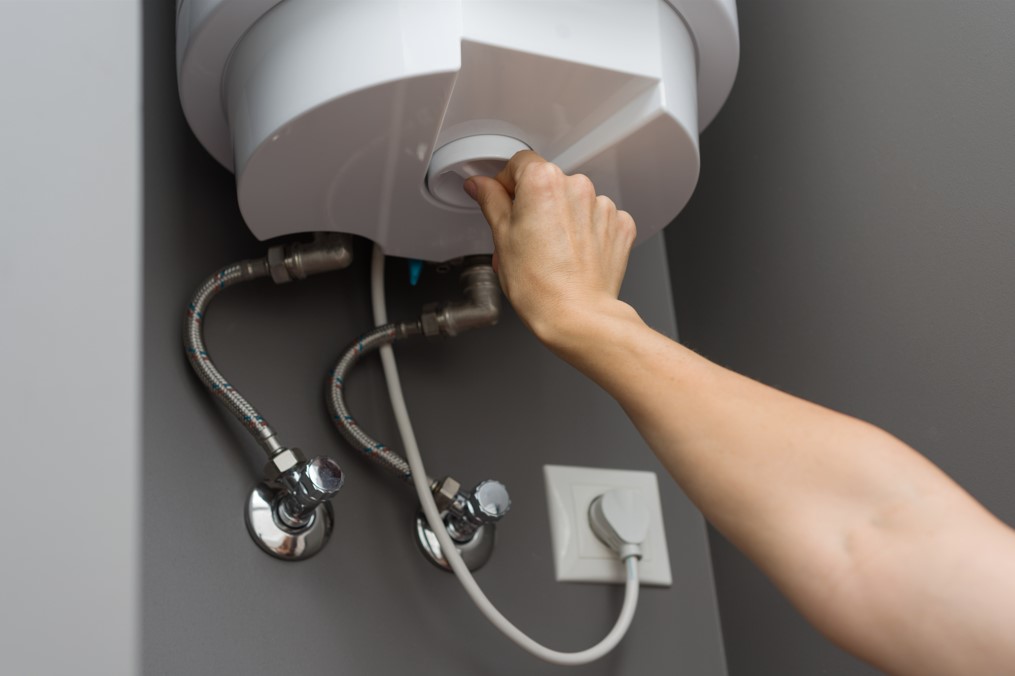
Replacing your home’s water heater is a big job, but it doesn’t have to be a daunting one. With a little bit of research and preparation, you can easily handle the installation yourself. Here are four tips and tricks to help you through the process.
Pick the Right Water Heater for Your Needs
There are two main types of water heaters: storage tank and tankless. Storage tank water heaters are the most common type, but they’re also the least energy-efficient. If you’re looking to save money on your energy bills, a tankless water heater might be a better option for you. Water heaters also come in a variety of sizes to meet the needs of different homes. It’s important to choose a size that will meet your family’s hot water needs without being too large or small.
Take Your Time
Rushing through the installation process is only going to increase the chances of making a mistake. So take your time, follow the instructions carefully, and double-check your work as you go along. Doing so will help ensure a successful installation.
Prepare for the Installation
Before you begin, make sure you have all the necessary tools and materials on hand. You’ll need things like an adjustable wrench, pliers, a screwdriver, and Teflon tape. You’ll also need to shut off the power to your home’s water heater so that you can work safely. Water heaters are available in both gas and electric models. Gas models tend to be more expensive upfront, but they’re more energy-efficient in the long run. Electric models are less expensive upfront but may have higher operating costs over time.
Follow the Instructions Carefully
This might seem like an obvious tip, but it’s an important one nonetheless. Make sure you read through the whole set of instructions before you start working so that you know what you’re doing every step of the way. Turn off the power to the water heater. Make sure the power is off before you begin any repairs. Drain the tank and remove the old elements and thermostat. With the power off, drain the tank then remove the old elements and thermostat. You may need a screwdriver to remove the elements and old thermostat.
Finishing Up
Turn on the power to the water heater and open the cold water inlet valve slowly until water flows from it without delay. With the new elements and thermostats installed, turn on the power then open the cold water inlet valve slowly until water flows from it without delay. If there is any delay, close the valve immediately and call a plumber. Flush out air from the tank by opening one or both hot water faucets in the house until a steady stream of hot water flows freely without delay from both faucets simultaneously; then close both faucets tightly again after flushing out air completely from the tank (a total of several minutes). Finally, flush out air from the tank by opening one or both hot water faucets in the house until a steady stream of hot water flows freely without delay from both faucets simultaneously; then close both faucets tightly again after flushing out air completely from tank (a total of several minutes).
Hire a Professional
Installing a water heater is not a DIY project. Water heaters must be installed by a licensed professional in order to ensure they are properly vented and meet all local codes and ordinances. Water heater repair is something you might need a professional’s help with as well. You might want to keep a few numbers on hand to be able to have them for reference in the future.
Installing a new water heater might seem like a daunting task, but it doesn’t have to be if you’re prepared and take your time. Just follow these simple tips and tricks and you’ll have no trouble getting the job done right.


